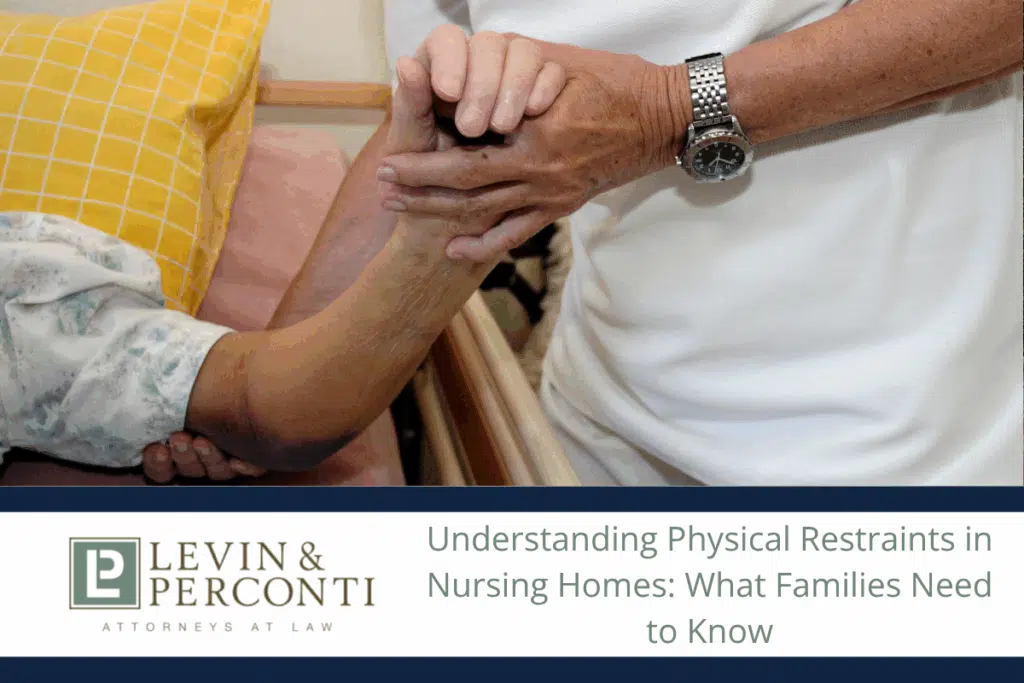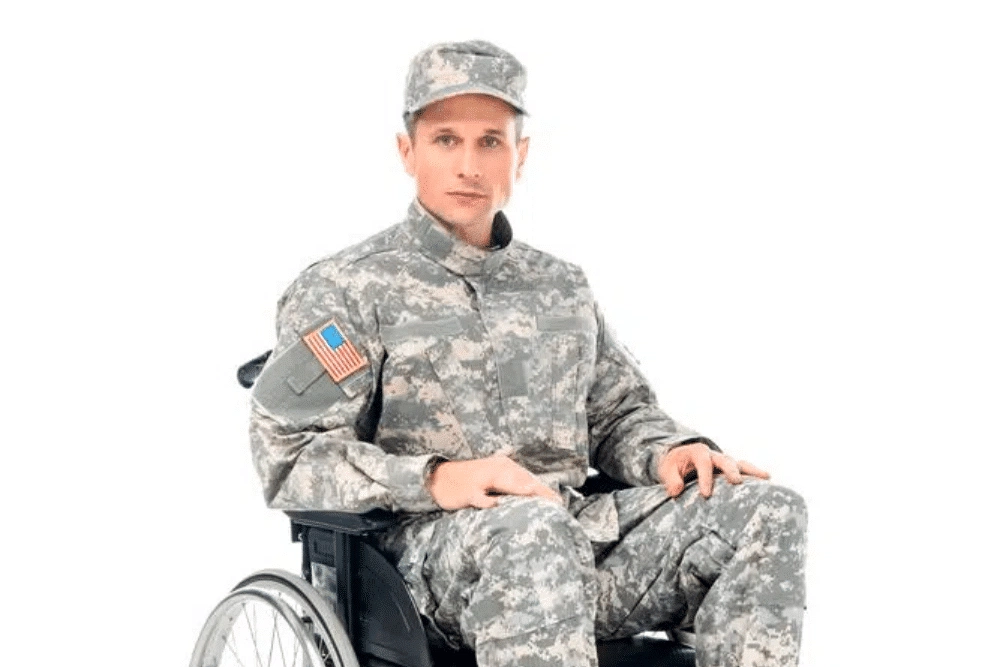Types of Cerebral Palsy

Cerebral palsy comes in different forms depending on how it affects the brain and the mobility issues it creates. There are four main types of the condition, and the categories depend on the body parts affected and whether the patient has muscle stiffness or looseness, mobility limitations, balance problems, or uncontrollable movements.
Home | Chicago Birth Injury Lawyer | Chicago Cerebral Palsy Lawyer | Types of Cerebral Palsy
If your child has been diagnosed with cerebral palsy or is showing symptoms, this guide can help you better understand the condition and successfully navigate the challenges you and your family face. For more information, contact our experienced medical malpractice attorneys today for a free consultation.
The Types of Cerebral Palsy
Spastic
Spastic cerebral palsy is most prevalent type by a wide margin, with more than three in every four cerebral palsy patients falling under the category. This type causes stiff muscles and awkward, repetitive movements.
Spastic cerebral palsy can come in one of three different forms:
- Hemiplegia, in which only one side of the body is primarily affected
- Diplegia, in which either both arms or both legs are affected
- Quadriplegia, which affects all extremities as well as other parts of the body
Dyskinetic
Dyskinetic cerebral palsy involves involuntary movement of the extremities and may involve the face and tongue in some circumstances. The condition makes it hard to sit and walk, but typically does not cause intellectual disabilities. Dyskinetic cerebral palsy occurs in about 12 to 14 percent of cerebral palsy patients.
Types of dyskinetic cerebral palsy include:
- Athetoid, which involves slow, involuntary movements
- Choreoathetoid, which is characterized by fast, irregular muscle contractions
- Dystonic, which can cause severe pain, discomfort, or mobility issues
Ataxic
Ataxic cerebral palsy causes issues with coordination and balance. Only about three percent of cerebral palsy cases are ataxic. Some symptoms include:
- Walking with a spread-out or imbalanced gait
- Depth perception problems
- Issues with grabbing objects and other coordinated movements
- Jerky movements
- Tremors
- Slurred speech
Hypotonic
Hypotonic cerebral palsy, also known as atonic, is one of the rarer variations of the disorder and isn’t often recognized. Rather than the stiffness or spasmodic movements that characterize other types, hypotonic cerebral palsy causes poor, loose muscle tone. Symptoms include the following:
- Weak, “floppy” muscles
- Difficulties with balance
- Loose or flexible joints
- Issues controlling the head
Mixed
Some patients can have more than one type of cerebral palsy at once. It’s most common for spastic and dyskinetic cerebral palsy to present together, but other combinations are possible as well.
What Is the Gross Motor Function Classification System?
The Gross Motor Function Classification System, or GMFCS, is a set of criteria for measuring the severity of cerebral palsy based on how deeply it impacts a child’s daily life.
The GMFCS ranks a patient’s ability to move on a scale from Level I—the ability to walk without limitations—to Level V, in which an individual requires a wheelchair.
| Level | Definition | Definition Details |
|---|---|---|
| Level I | Able to walk without limitations | Children at Level I develop movement skills at a relatively standard pace. |
| Level II | Able to walk with some limitations | Those at Level II may need a support device when learning to walk and when traveling longer distances. |
| Level III | Able to walk using a handheld device to aid mobility | Level III means an individual needs to use a walker or similar device to transport themselves. |
| Level IV | Level IV Require assistance to move more than short distances | Limited self-mobility. Those at Level IV can usually sit with support but need a powered wheelchair to get around. |
| Level V | Unable to move without a wheelchair | Level V requires significant support and assistance to move more than small distances. Older patients may eventually be able to use a powered wheelchair. |
How Medical Negligence Leads to Cerebral Palsy
Many cases of cerebral palsy result from preventable mistakes made during labor or delivery, which may be considered malpractice if the health care failed to meet the prevailing professional standard of care. Such errors include:
- Delays in providing medically necessary care or using delivery techniques that could have prevented oxygen deprivation during birth
- Excessive use of forceps or a vacuum extractor
- Failure to order a Cesarean section
- Failure to monitor fetal development or distress
- Inadequate treatment of maternal health conditions during pregnancy
If a medical mistake caused cerebral palsy, families need to take legal action to receive the compensation necessary to cover the medical expenses and other damages.
Successful Cerebral Palsy Cases
$6.5 million
Settlement
settlement for a young girl who suffered a brain injury during birth, resulting in cerebral palsy, after physicians failed to timely perform a c-section.
$4.5 Million
Settlement
for a child who suffered brain damage that caused cerebral palsy when a family practice physician failed to perform a timely Caesarean section in the face of fetal distress.
$2.35 Million
Settlement
for a child who suffered severe brain injury and cerebral palsy as the result of a uterine rupture in a vaginal birth after Caesarean, or VBAC, delivery that could have been avoided.
Past Client Testimonials
Don’t take our word for it. Hear from some of the medical malpractice victims we’ve helped:
Not only were they so professional but also so caring and thoughtful. It was very difficult going over the facts in our mother's case but they were so compassionate and understanding and allowed us to be with them every step of the way. We were able to sit in on the depositions and we were really able to see how hard they worked on our behalf.

During that time, my family and I suffered the loss of my mother. Mr. Levin and Mr. Perconti were more than just our lawyers. Words can’t really express our gratitude.

They were most patient and responded timely to many questions throughout the entire process. All demonstrated professionalism and extensive knowledge of case and state laws. Their in-depth investigative work uncovered details which were unknown to us and yet sadly confirmed our suspicions. We would recommend the Levin and Perconti Law firm and especially this team.

During that time, my family and I suffered the loss of my mother. Mr. Levin and Mr. Peconti were more than just our lawyers. Words can’t really express our gratitude. My family and I will always be grateful for the compassion that they showed us. I want to thank you for what you did for my family, and for always being there for us.

Margaret’s representation, guidance, and professionalism gave us the sense that we could put our trust in Levin & Perconti and the final outcome proved that to be true.

Legally Reviewed by

Bonamarte, IV
Read Bio
Since 2005, Michael Bonamarte IV has been a passionate advocate for victims of negligent conduct, corporate malfeasance, and medical malpractice. He has won numerous awards and recognitions, including Best Lawyers in America and Super Lawyers’ Rising Star. He has presented for the American Association for Justice, the AAJ Nursing Home Litigation Group, the John Marshall Law School, and numerous other legal associations. He regularly lectures at Chicago-area aging organizations about nursing home abuse. His writings have been published by the American Bar Association, the Chicago Daily Bulletin, and numerous other prestigious publications.
Related Pages
Notable Results
for failure to properly read pap smears, resulting in the misdiagnosis of cervical cancer and eventual death of a 35-year-old mother of three children.
for failing to biopsy a known breast tumor, resulting in the delay of diagnosis of breast cancer, causing death.
for failing to perform an annual pelvic exam, which resulted in the untimely diagnosis of ovarian cancer.
Call Levin & Perconti If Medical Malpractice Caused Your Child’s Birth Injury
Our attorneys can answer any questions you may have about the cerebral palsy statute of limitations or other legal requirements and advise you whether your case is still timely.
If you suspect medical negligence may have contributed to your child’s birth injury or death, contact Levin & Perconti at (312) 332-2872 , or (877) 374-1417 for a FREE consultation.

Related Blogs














